13 Of the Coolest New Species Discovered In 2013: Chocolate Frogs, Walking Sharks, Glue-Spitting Velvet Worms And More
Though humanity has expanded into just about every corner of the globe, every year scientists turn up more new plants and animals. Many more remain yet undiscovered. Here’s a roundup of some new critters added to the ledger of known species in 2013:

1) Olinguito (Bassaricyon neblina): The most famous new animal of the year is probably the teddy bear-like olinguito, which lives high in the trees of the Andean cloud forests, anywhere from 5,000 to 9,000 feet above sea level.

2) Little black tapir (Tapirus kabomani): Indigenous tribes in Brazil and Colombia helped identify this new species of tapir, which had been long confused with another species of tapir, T. terrestris. Though this nocturnal creature weighs in at around 250 pounds, it’s actually the smallest living tapir found.

3) NASA’s clean-room microbe (Tersicoccus phoenicis): This hardy little bacterium has managed to survive on almost no nutrients and in one of the most-inhospitable environments on earth: a spacecraft clean room. T. phoenicis -- named for the Phoenix Mars Lander, the craft from which the microbe was first collected during launch prep in 2007 -- likely thrives outside of NASA’s grounds as well, perhaps in a nutrient-poor environment like a cave or desert.
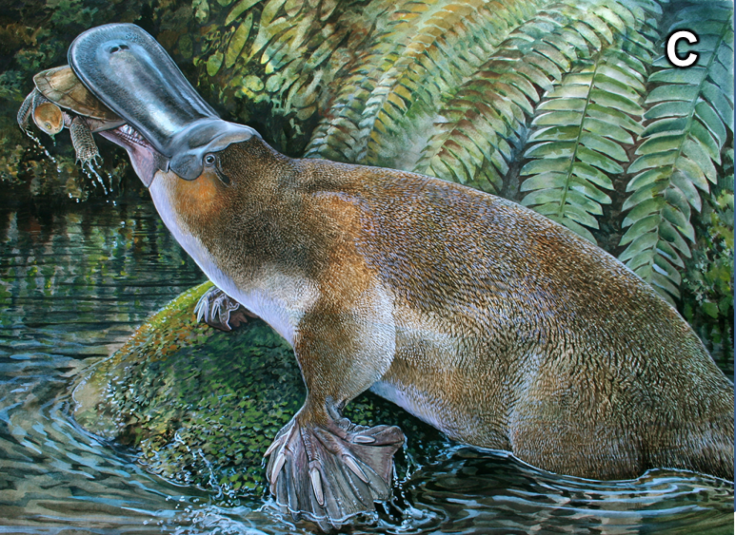
4) Ancient platypus (Obdurodon tharalkooschild): A single tooth pointed the way toward a previously unknown species of large platypus that lived anywhere between 5 million and 15 million years ago. Researchers estimate the platypus was 3 feet long and chomped on freshwater crustaceans, as well as frogs, fish and small turtles.

5) Southern tigrina (Leopardus guttulus): DNA evidence helped establish that the house cat-size tigrina (also known as an oncilla) is actually two species of wild cat: L. tigrinus and the newly discovered L. guttulus, which favors the forests of southern Brazil.
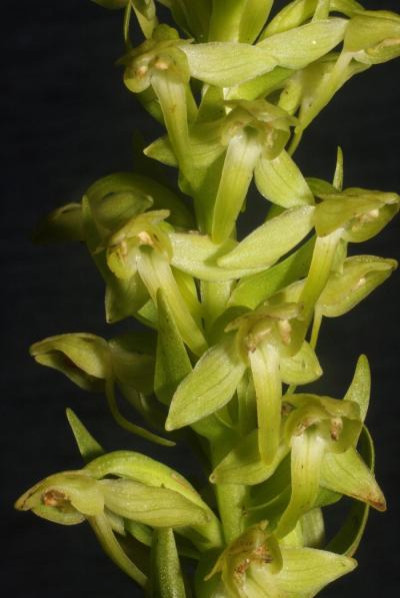
6) Hochstetter's butterfly orchid (Platanthera azorica): Botanists think this orchid -- collected 170 years ago but only recognized as a new species this year -- might be the rarest in Europe. It blooms atop a volcano in the Azores, off the coast of Portugal.
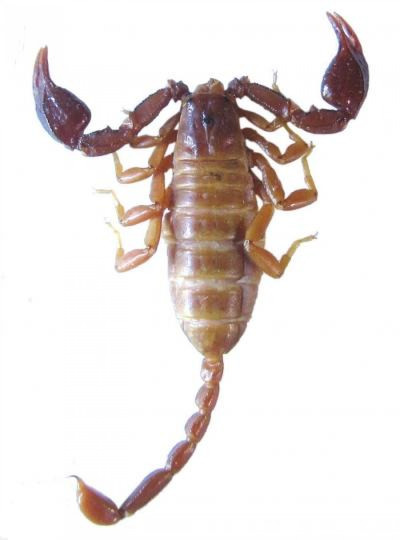
7) New Turkish scorpion (Euscorpius lycius): This tiny, creepy crawler hides itself away in pine forests and garden walls in southwestern Turkey. Luckily, the scorpion’s sting isn’t deadly to humans -- the poison it carries mimics the effects of a mosquito bite.

8) Mysterious nose-dwelling tick (no formal name yet): A University of Wisconsin-Madison professor was researching chimpanzees at Kibale National Park in Uganda and came home with a very unexpected souvenir: a tick up his nose. After extracting the tick, Tony Goldberg sent the critter to colleagues that sequenced the bug’s DNA. No matches turned up in a database of tick genetic sequences, which means Goldberg’s tick might be a new species.
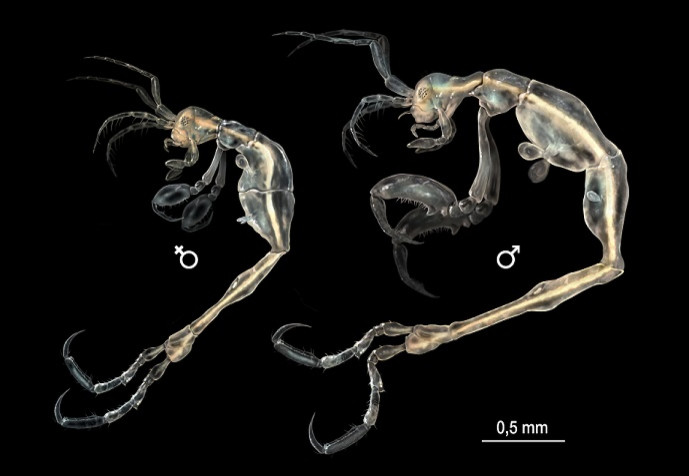
9) Skeleton shrimp (Liropus minusculus): Up close, it looks like it might be the villain in a science-fiction movie, but L. minusculus wouldn’t frighten you in real life -- it’s only about one-tenth of an inch long. Researchers found the tiny crustacean in a reef cave near California’s Catalina Island. Though sometimes called “ghost shrimps” or “skeleton shrimps,” they actually belong to a different family of crustaceans called amphipods.

10) Cocoa frog … and friends: A research team in the South American country of Suriname came back this year with an astounding report of nearly 60 potentially new animal species, including six frogs, one snake and 11 fish. The cocoa frog is named for its chocolate-hued skin. The team also found a tiny ruby-colored beetle with antler-like antennae, dubbed the Lilliputian beetle; and a golden tetra fish with red eyes.
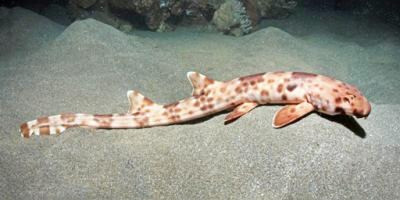
11) Walking-bamboo shark (Hemiscyllium halmahera): Thankfully, the "walking shark" discovered off the coast of Indonesia this year doesn’t actually scoot around on land; it gets its name from its swimming behavior. The shark "walks" along the ocean floor by wriggling its body and pushing with its pelvic and pectoral fins.

12) Amazonian air-breathing fish (Arapaima leptosome): Scientists discovered a new kind of Amazonian air-breathing fish, distinguished by its slender body, distinct sensory cavities, dorsal fin sheath and unique color pattern. Previously, A. leptosome and four other arapaima varieties were all thought to be one single species.

13) Glue-spitting Vietnamese velvet worm (Eoperipatus totoros): This 2.5-inch-long worm shoots a sticky substance at prey from special appendages, trapping the meal and allowing E. totoros to enjoy a leisurely lunch. This is the first velvet worm reported in Vietnam and was originally described in 2010 by Vietnamese researchers; a German-led team made the first formal description this past summer.
© Copyright IBTimes 2025. All rights reserved.





















